Whether it’s your first time selling on Amazon, or you’re looking to chase your success with a new product, don’t let haste get the better of you!
Launching a new FBA product is a considerable investment, in time and money. You’ll be kicking yourself–HARD–if you rush, then fail due to rookie Amazon seller mistakes.
And even if you’re a seasoned seller, it doesn’t mean you can afford to cut corners prepping for your next launch. It may not be your first product, but that the cost of getting stuck with a bunch of stock that won’t sell is just as high the second, tenth or fiftieth time around.
So today we’re revisiting the five most common Amazon seller mistakes. Plus, we’ll show you a bunch of neat tools we’re using to avoid them with ease!
Want more reviews on Amazon?
Get instant access to five FREE review generating email templates that you can send to your customers today!
1. Not Researching the Market Thoroughly
It can be exciting, looking at the estimated sales and revenue for products in new niches. And when we finally find a product with potential, the urge to rush in and launch before other sellers find it is fierce!
But more often than not, we’re better off slowing down a bit, making sure the opportunity we’ve found is truly golden.
Monitor Your Opportunity Carefully
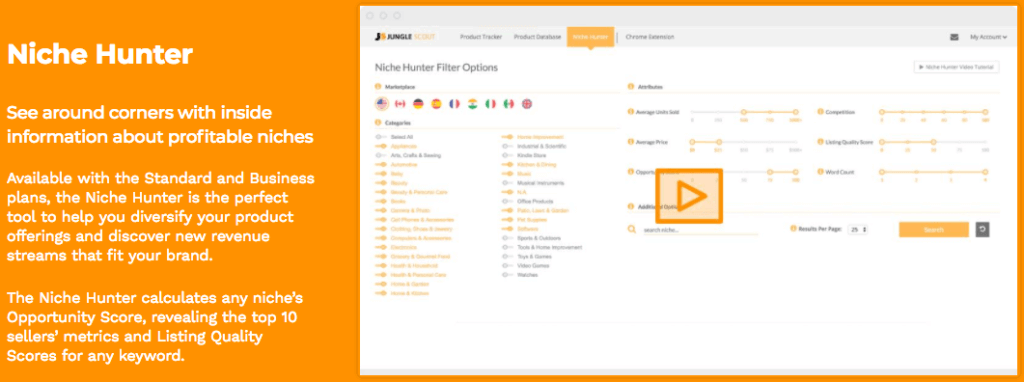
By using the Jungle Scout’s extension and/or web app features, we can analyze entire niches and individual products with ease. We can also:
- Monitor the niche opportunity score – if the market demand is high and the competition is low, we may have found a candidate our (next) product;
- Add our main competitors to the product tracker – we can see how current sellers are performing and imagine how we could fit in there too.
We definitely watch these factors for at least a week before making a decision. The market can change very quickly, and the last thing you want to do is jump onto a bandwagon just as it’s coming to a stop (think of the sellers who joined the fidget spinner trend late).
If the competition seems to be creeping up in just a week or two, you might consider looking for something else.
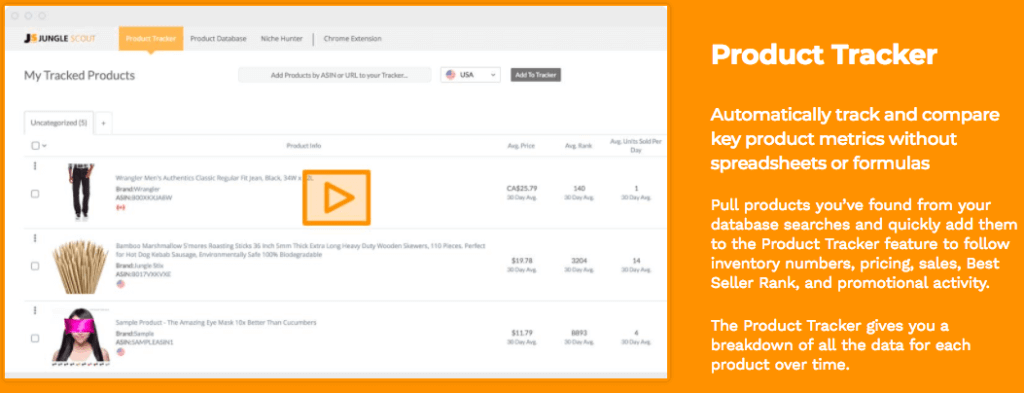
Beating Your Competition
We should know our main competition like the back of our hands before we source a new product. Who they are? Exactly what they are selling? Why do buyers love them? What don’t they like?
We can’t afford to enter the market with a generic copy of what others are selling; or worse yet, an inferior product. Our products should have unique selling points and address buyers’ needs in an innovative way.
The key to success with private label selling is to identify weaknesses in existing products and improving upon them to attract new customers.
Always Keep Your Ears to the Ground
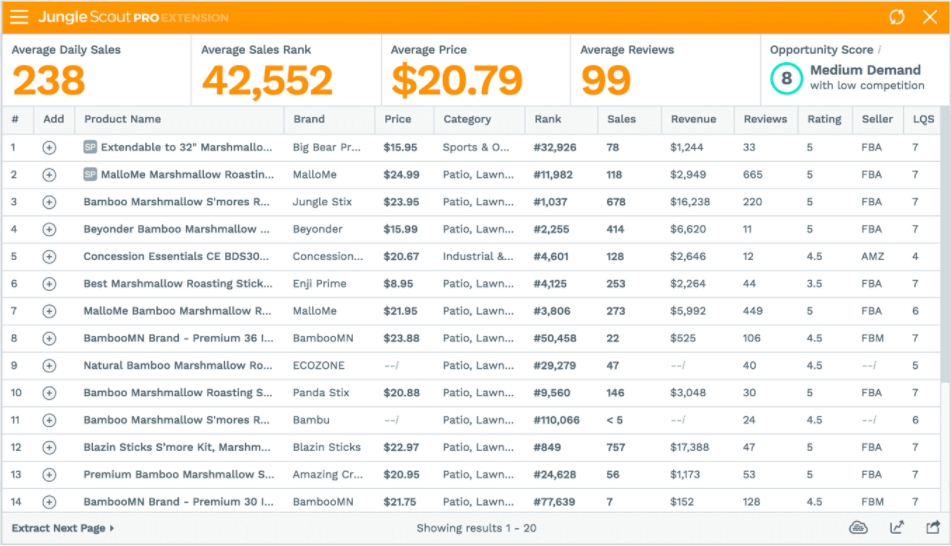
Even after we’ve launched, we need to observe the market carefully. Until our product is well-established, any drastic changes to the market could mean trouble.
If we notice our sales starting to slow and (strong) competition increasing, we MAY consider cutting our losses. Ordering more inventory if we’re going to scrap the item would be a mistake!
And if there are opportunities on our radar now, this is our chance to pursue them, instead of trying to revive your product in an increasingly difficult niche.
2. Not Having an Effective Launch Strategy In Place
Gone are the days when merely shipping 1000 units to Amazon was enough to get sales. With the rise of third-party sellers, a proper launch strategy is now essential if we want to get noticed. And we WANT to get noticed!
When our product first goes live, it’s only natural that we find ourselves at the back of the pack so to speak. We need to generate momentum for our products, to show Amazon our products are relevant and worthy of being put in front of buyers.
But how can we do that when we’re way back on page 18 for our top keywords?
Create Jungle Scout Promotions to Boost Product Sales

The easiest way to drive cold, hard sales to our new products is by setting up promotions and dishing out coupons. Jungle Scout assists us in doing this quickly and safely, while offering the biggest buyer marketplace to reach more customers.
Generally, higher discounts attract more buyers, which is ideal for more competitive niches. However, many FBA sellers are getting great results with 50-90% off coupons.
And we may be able to run promotions at cost or even small profits. Either way, it’s worth investing a portion of our inventory in promotions to drive sales. Jungle Scout members can leverage the following:
- 100,000+ purchase-ready shoppers – hand pick who gets coupons or automatically distribute them.
- Clear analytics dashboard– view your campaign performance and keep track of coupon use.
- Unlimited follow-up emails – make the most of every sale by following up and asking for reviews.
Sellers regularly jump from page 10+ to the first page for their chosen keywords using promotions like this. Product Launch Websites are completely safe and highly beneficial for FBA sellers.
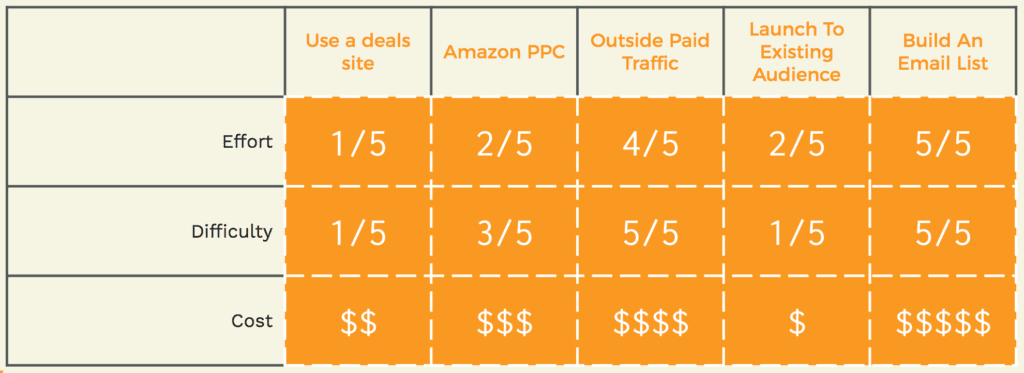
3. Not Fully Optimizing Product Listings
It’s no big secret that a product listing holds enormous weight when it comes to selling ability on Amazon. Every section counts, including title, description, images and even those lesser known back-end keywords.
If you weren’t already aware, here are the biggest ways a product listing influences performance:
- Visibility – poorly optimized listings will not signal relevancy to Amazon for your product keywords. This results in reduced exposure, sessions, and opportunities to make sales.
- Conversions – poorly optimized listings will suffer from lower conversion rates as fewer visitors turn into buyers.
As you can imagine, this greatly influences revenue and selling potential. So here’s what we need to do:
Get Your Amazon SEO Dialed In
If we want our products to show up favorably in search results for relevant buyer search terms, our SEO really needs to be on point. We’ll need to perform keyword research to identify the highest traffic, most relevant keywords for our products. Next, we’ll need to work them into our products’ listings, using the latest Amazon SEO best practices.
Start Optimizing With Split Testing
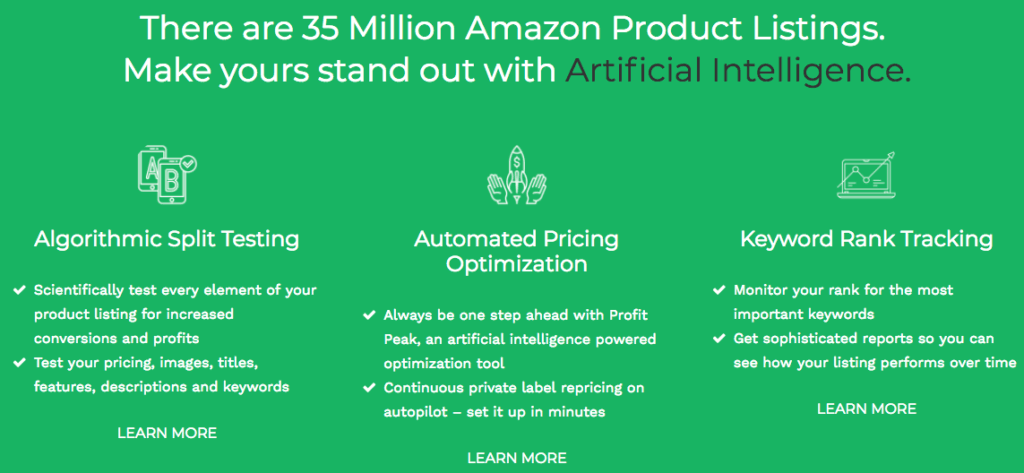
It’s impossible to get everything right based on our own judgments. Only the market itself can show us the truth. That’s why we should optimize our product listings by split test variants against each other. We can then use our own data to make informed decisions.
Often, the most profitable changes only become apparent after seeing the results ourselves.
Splitly is one tool that can optimize our listings. It takes away all the guesswork and makes split testing incredibly easy. The key features include:
- The ability to test all product listing features – including title, images, description, product features and keywords.
- Automated pricing optimization – Profit Peak uses artificial intelligence to find and test your pricing on auto-pilot for a hands-off approach to maximizing product profitability.
- Algorithm-powered split testing – leverages machine learning to pinpoint profitable changes.
- Keyword tracking – keeps a record of keyword ranking so you can measure improvements.
4. Not Keeping Your Financials in Check
Few people get excited about bookkeeping. For many, it’s a complete nightmare. But if we’re serious about building a long-term business, keeping on top of our financials is essential.
First, how else can we accurately track profitability? We could be hemorrhaging money without even realizing it (especially with Amazon PPC). Not knowing our exact profit is simply not a good business practice.
Second, there are legal issues. When it comes to paying taxes, our financials need to be straight or we could face serious consequences. If we later decide to sell our business, potential buyers will need to see all of our financials before handing over their money.
So don’t wait for that panicking feeling when you wish you had kept better track of your records. Get organized now and never worry about it again!
Ditch the Spread Sheets, Start Using Fetcher
Fetcher is a simple-to-use accounting software specifically tailored for Amazon sellers. It plugs directly into Seller Central and generates beautifully clear reports. It takes 15 minutes to set up and will save us hours of pouring through excel spreadsheets.
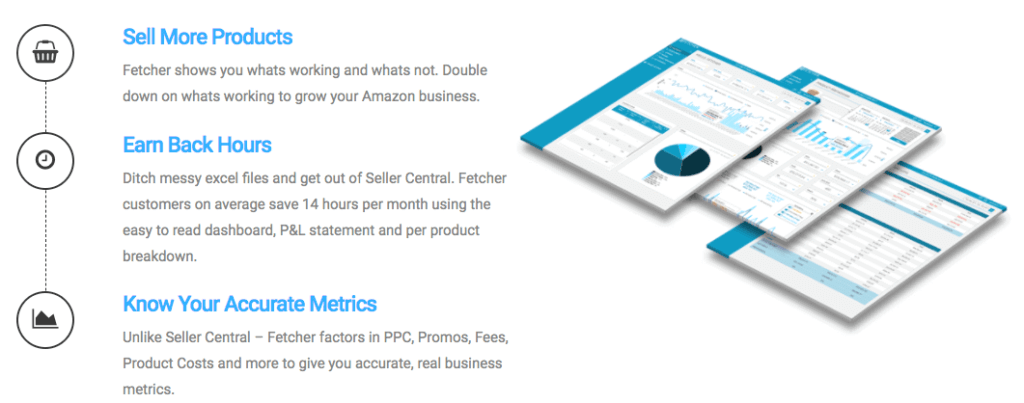
Fetcher’s reports include:
- All expenses on a per ASIN basis – including the cost of goods, Amazon Pay Per Click, Amazon FBA and sales fees.
- Refunds and promotional tracking – these soon add up and you don’t want to misjudge them.
- Clear profit and loss statements – the exact performance of your business on any scale.
Getting easily digestible business statements any other way would require at least $300/month for a professional a bookkeeper. Fetcher will save us both time and money!
5. Not Following Up With Customers Building Reviews
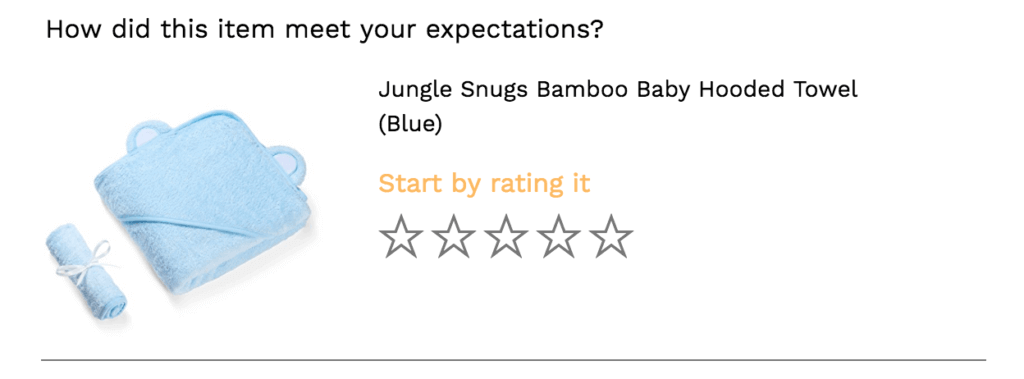
Not fully capitalizing on the sales we make is a BIG Amazon seller mistake. We could be attracting more reviews and potential repeat customers by following up and reaching out.
Reviews are still the backbone of social proof that helps us attract shoppers and drive sales. Having more raving reviews for our products will always play to our advantage.
And now that it’s become increasingly difficult to attract organic Amazon reviews without breaking the rules, it’s time to try a new approach. At Jungle Scout, we’ve helped thousands of sellers build systems to maximize their review-gathering potential.
Don’t Kick Yourself Later By Making These Amazon Seller Mistakes
Even experienced sellers can stumble due to the above-mistakes, especially if they let their confidence get the best of them. So no matter your level, address each of these areas to ensure your FBA business flourishes.
Note: Learn what else NOT to do as an Amazon seller in our article, the 10 Most Expensive Mistakes New Amazon Sellers Make.
All these tools we’ve shared today can solve each of these issues and save time with little investment.
And if you’ve made other Amazon seller mistakes and you’re not too embarrassed to admit it, we’d love to hear from you in the comments below!
 No Comments
No Comments